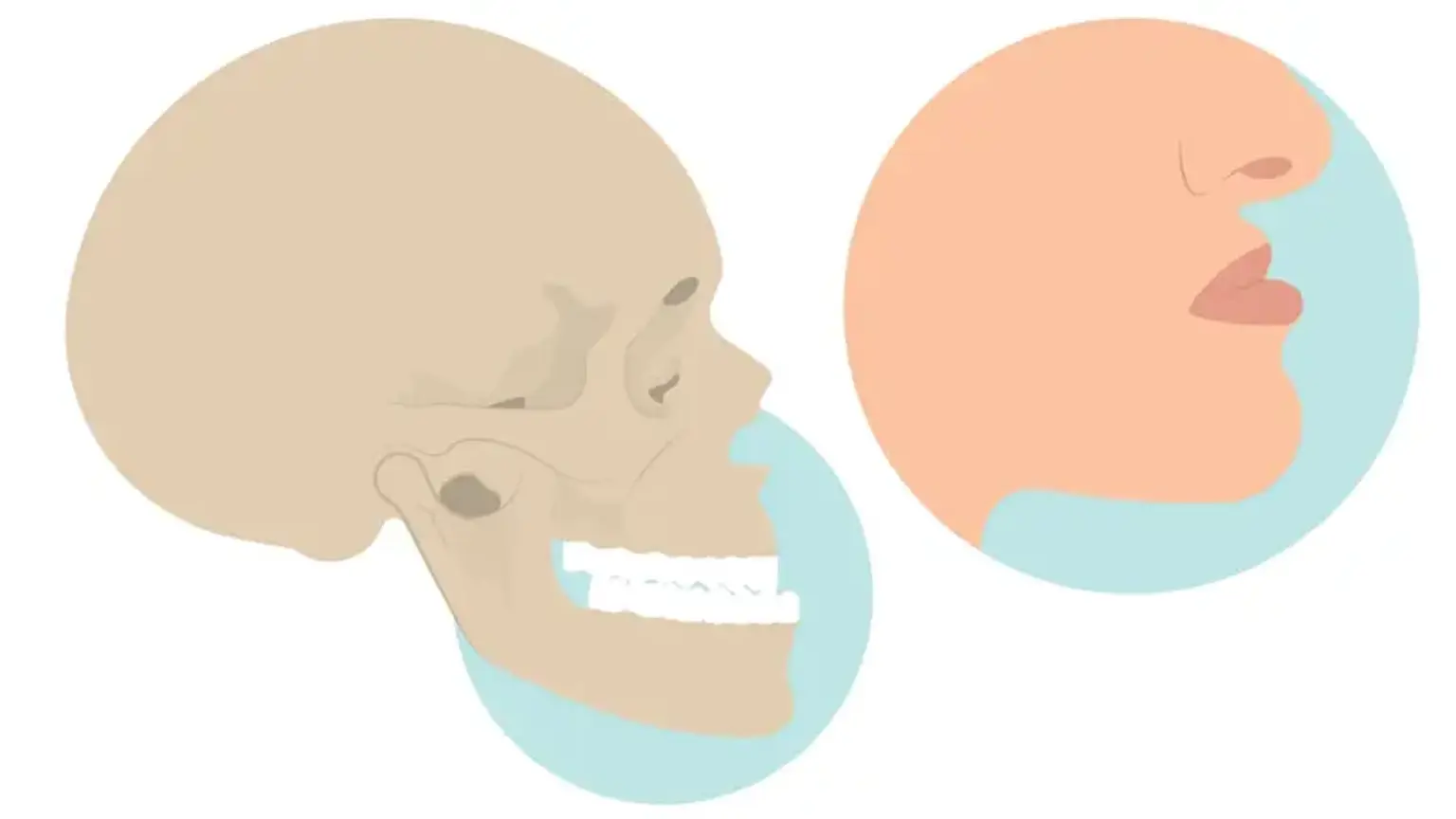Osteotomy
Overview
An osteotomy is a surgical procedure that involves the cutting of one or more bones. The term osteotomy, derived from Greek, is defined in the medical dictionary as a surgical operation in which a bone is divided or a piece of bone is excised (as to correct a deformity).
